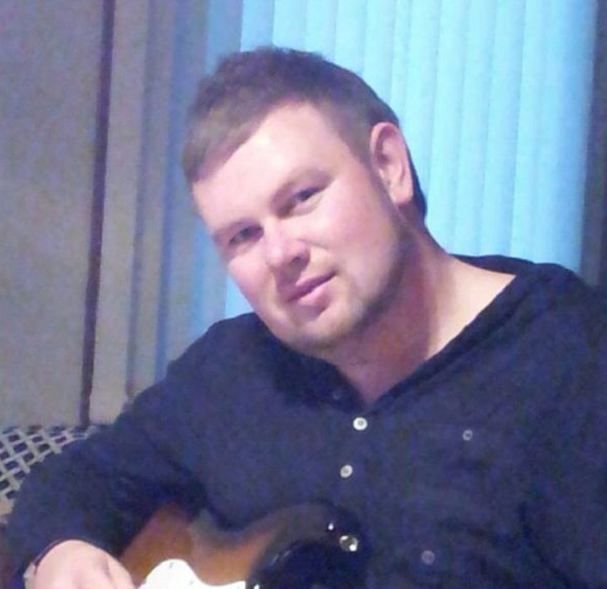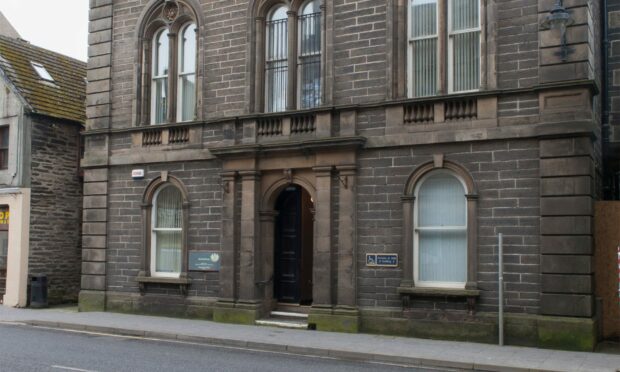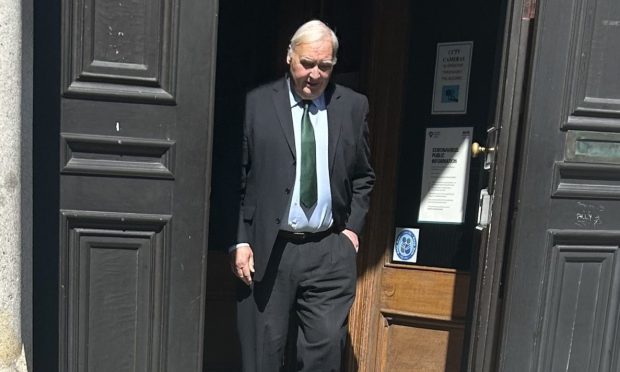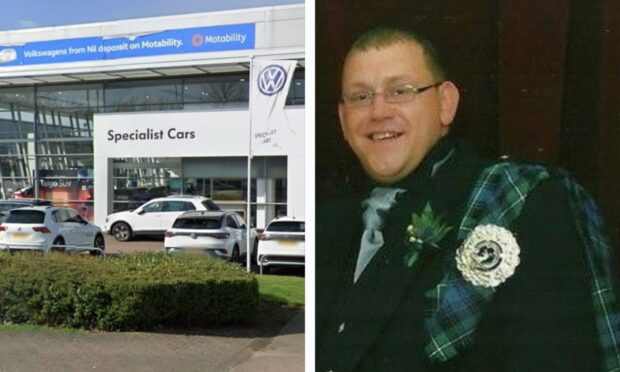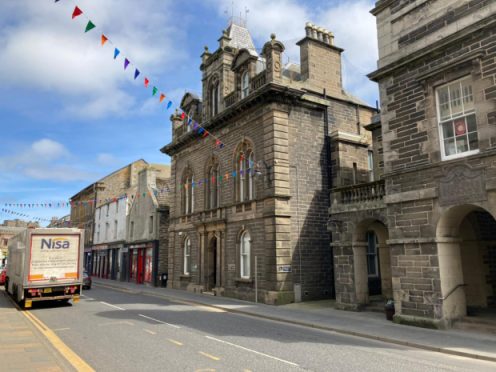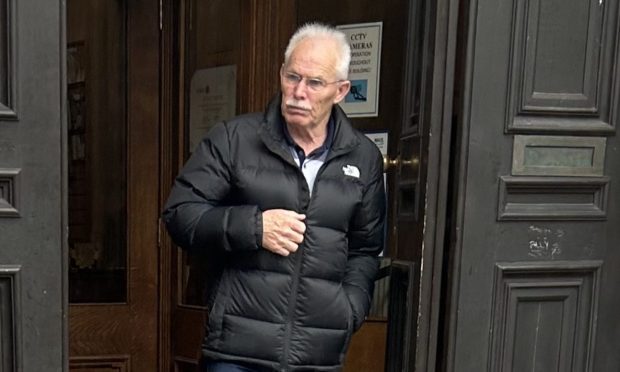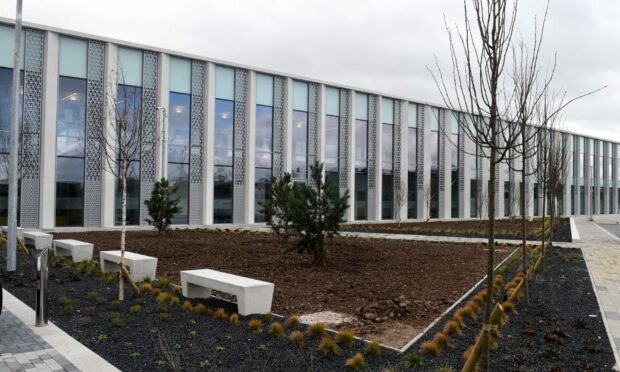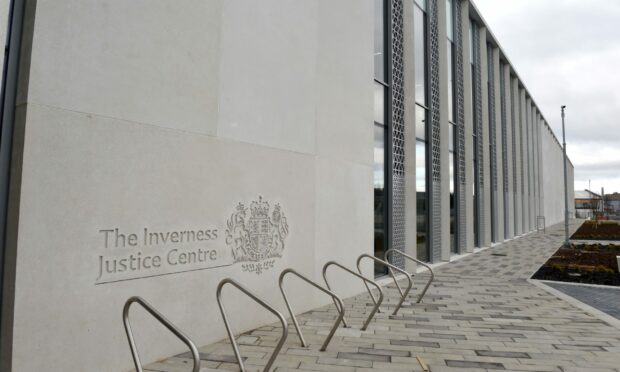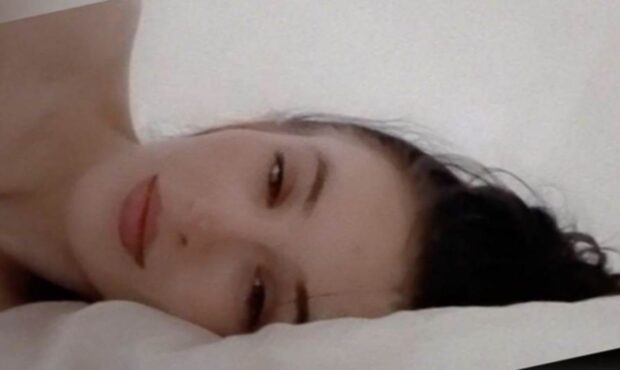A murder trial has been told that a north-east dad who died outside a city-centre bar was killed by pressure being put on his neck.
Leading forensic pathologist professor James Grieve said yesterday that the most likely cause of Craig Grant’s death was “asphyxia due to external compression of the neck”.
The High Court in Aberdeen heard that when Professor Grieve carried out the post-mortem on the 26-year-old he was found to have a swollen or puffy face, which was particularly apparent on the upper eyelids.
Mr Grant was also found to be purply-blue in colour and had petechial haemorrhages on his eyes and under his eyelids – classic signs of suffering from lack of oxygen to the brain.
He was also found to have a bruise on the side of his neck.
When it was examined closely, it was found Mr Grant was bleeding under the skin and into the muscle tissue.
Prof Grieve said the injury could only have been sustained if prolonged pressure had been applied.
He was giving evidence at the trial of former bouncer Jonas Marcius.
It is alleged Marcius, 23, of 16 Merkland Road, Aberdeen, murdered Mr Grant by seizing him by the neck and forcing him to the ground before placing him in a choke hold and compressing his neck.
He denies the charge and his counsel, Mark Stewart QC, has lodged a special defence of self defence.
Advocate depute James Keegan, prosecuting, asked the retired pathologist what he determined the cause of death to be after he examined the young dad.
Prof Grieve replied: “We are of the opinion that this man died in consequence of mechanical asphyxia.
“That this victim has died as a result of a lack of oxygen to his brain and we are content, that given what we have discovered at post-mortem, the lack of any other cause, the presence of clear injury to the neck and the signs of asphyxia that there has been mechanical compression of the neck.”
During cross-examination Mr Stewart highlighted the results of the toxicology report which found Mr Grant had taken cocaine at some point on August 8 before he died outside Tonik bar in the city’s Bon Accord Street.
He asked the professor if Mr Grant’s death could have been as a result of him taking the illegal substance that evening.
Prof Grieve said that was a “remote possibility”, but added that in his opinion the post-mortem results revealed “exactly what you would see in a choke hold”.
The trial, before Lady Wolfe, continues.
